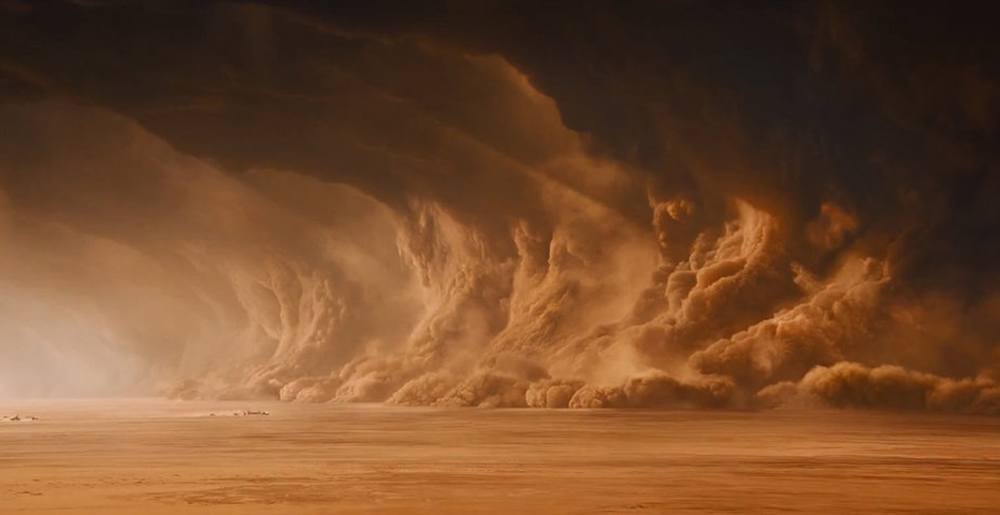One of this year’s most anticipated action films was the reboot: “Mad Max: Fury Road.” The story centers on warring gangs in a post apocalyptic wasteland where the landscape is an endless desert and water is more precious than gold. It’s pretty bleak, and while NASA’s outlook for the American Southwest doesn’t include any gangs driving suped-up war machines, it does include a potentially decades-long nasty drought. The prediction: droughts in the U.S. Southwest and Central Plains in the next sixty years could be worse than any drought North America has seen in the last 1,000 years.
Scientists predict this drought will be brought on, not surprisingly, by the increase in human-produced greenhouse gas emissions.
“Natural droughts like the 1930s Dust Bowl and the current drought in the Southwest have historically lasted maybe a decade or a little less”, said Ben Cook, climate scientist at NASA’s Goddard Institute for Space Studies and the Lamont-Doherty Earth Observatory at Columbia University in New York City, and lead author of the study. “What these results are saying is we’re going to get a drought similar to those events, but it is probably going to last at least 30 to 35 years.”
Before you go hording water and online shopping for a dune buggy, it’s important to note that scientists only believe the likelihood of this megadrought lasting more than 30 years is only around 12 percent – if greenhouse gases remain at their current levels. If they continue to increase for the next several decades, though, those chances jump to around 70 percent. Eh, now that’s a little more worrisome. “We really need to start thinking in longer-term horizons about how we’re going to manage it,” Toby R. Ault, an assistant professor in the department of Earth and atmospheric sciences at Cornell, told the Washington Post.
North America’s previous megadroughts are believed to have occurred during Medieval times and were brought on by natural causes. Co-author of the study published in the journal of Science Advances, Jason E. Smerdon, says they went through over a thousand years of data, studying tree rings during wet and dry periods and have found the current climate of the Southwest moving towards an even drier period than previous droughts.
“Our results point to a remarkably drier future that falls far outside the contemporary experience of natural and human systems in Western North America, conditions that may present a substantial challenge to adaptation. Human populations in this region, and their associated water resources demands, have been increasing rapidly in recent decades, and these trends are expected to continue for years to come. Future droughts will occur in a significantly warmer world with higher temperatures than recent historical events”.

